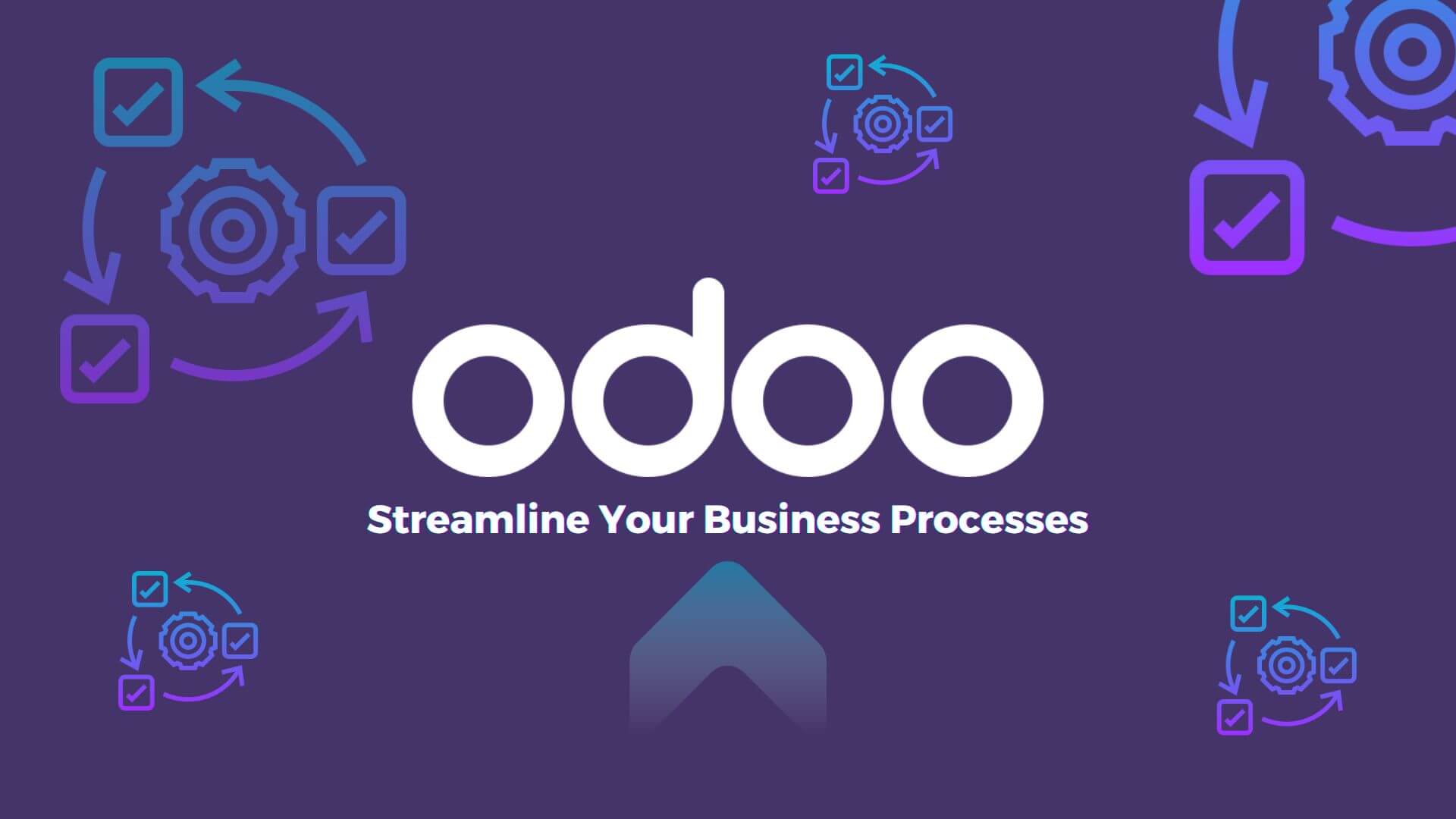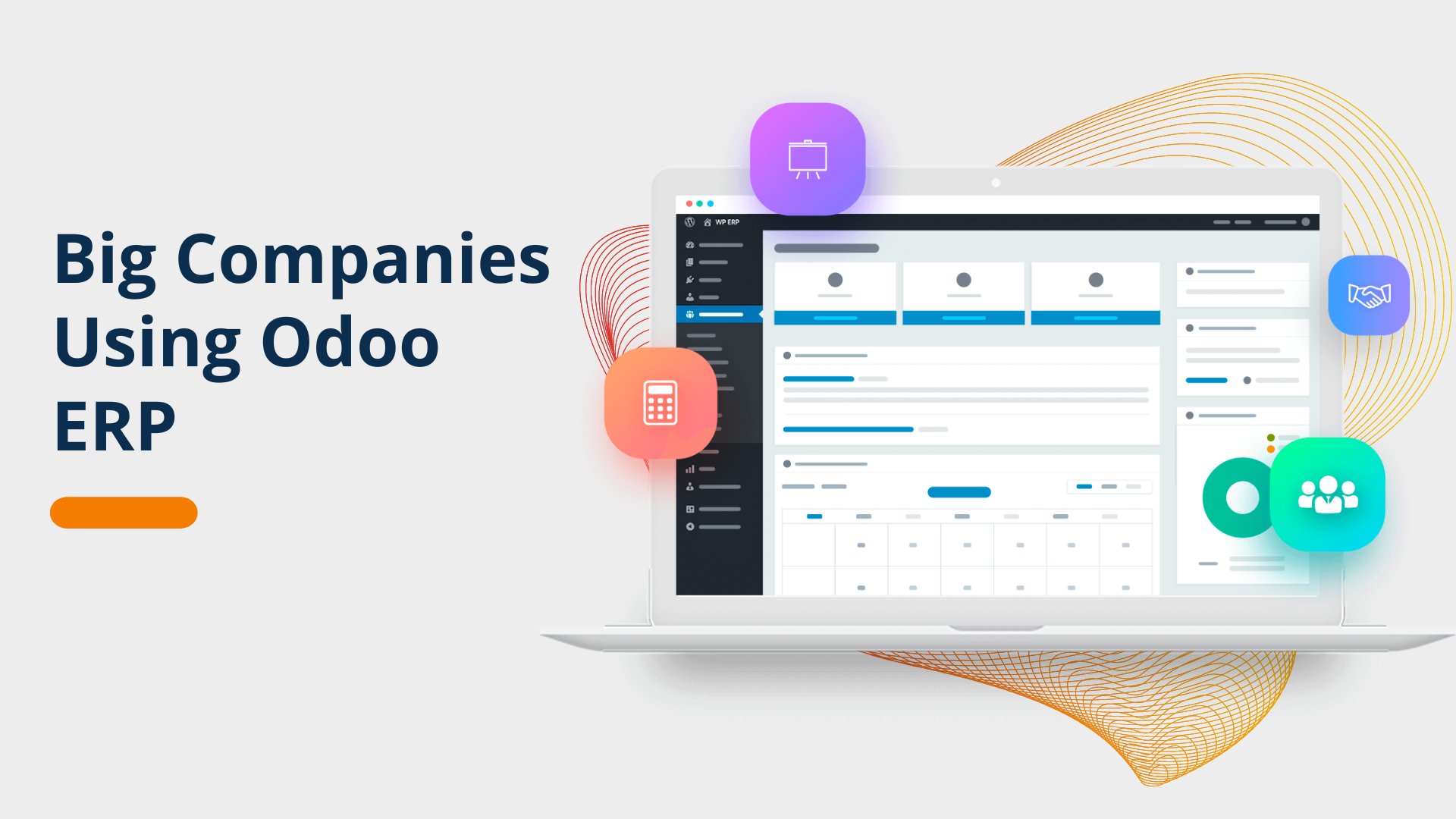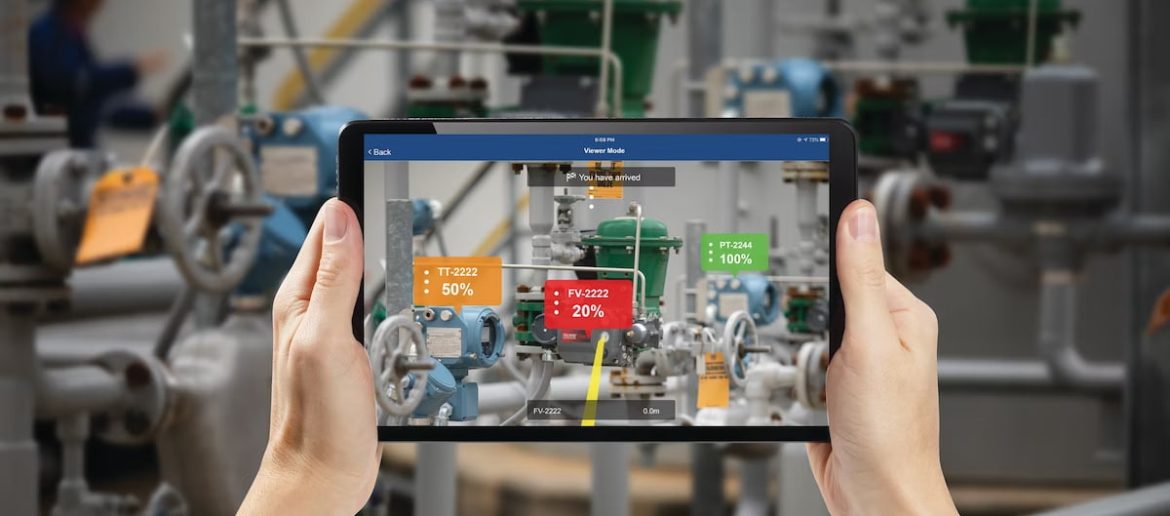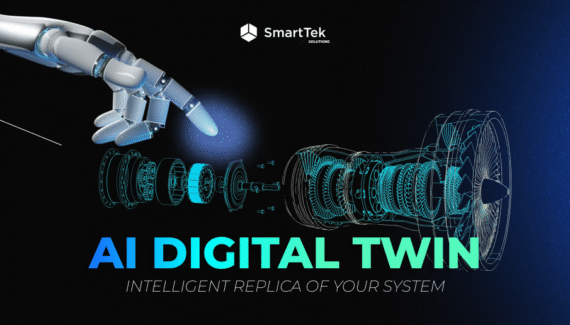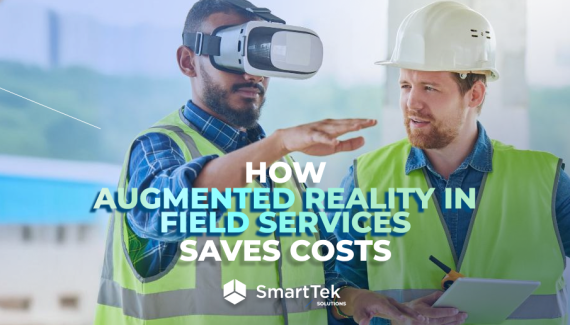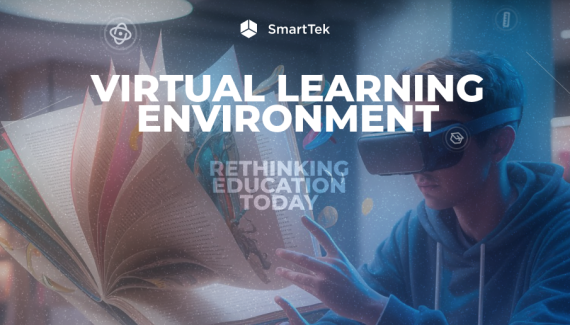In manufacturing, the transformative potential of the extended reality technology (an umbrella term for AR/VR) is inherently tied to the demand for continuous production and non-disruptive performance: in a competitive business environment, every second of downtime spells revenue loss.
With AR and VR potential to create a virtual simulation of just about every facet of manufacturing process, the effect of its use could be truly revolutionary.
So let’s now examine some of the interesting use cases for augmented and virtual reality in manufacturing and discover how these technologies can add value to the business.
Design and Prototyping
At this initial stage, VR can actually demonstrate how a product would look like without creating a physical prototype. In the automotive industry, Ford Motors has been using its own FIVE (Ford Immersive Vehicle Environment) virtual reality technology long before consumer Oculus and HTC headsets had hit the market, to create virtual representations of yet non-existent vehicles in the tiniest detail.
Designs are transmitted into virtual car environments, enabling engineers to see what it’s like to be inside the future car.
- Reduce time spent on product design and review
- Convenient space for multiple designers to interact within a project
- Ability to provide detailed product design to both manufacturers and customers
- Increased quality of the manufactured product.
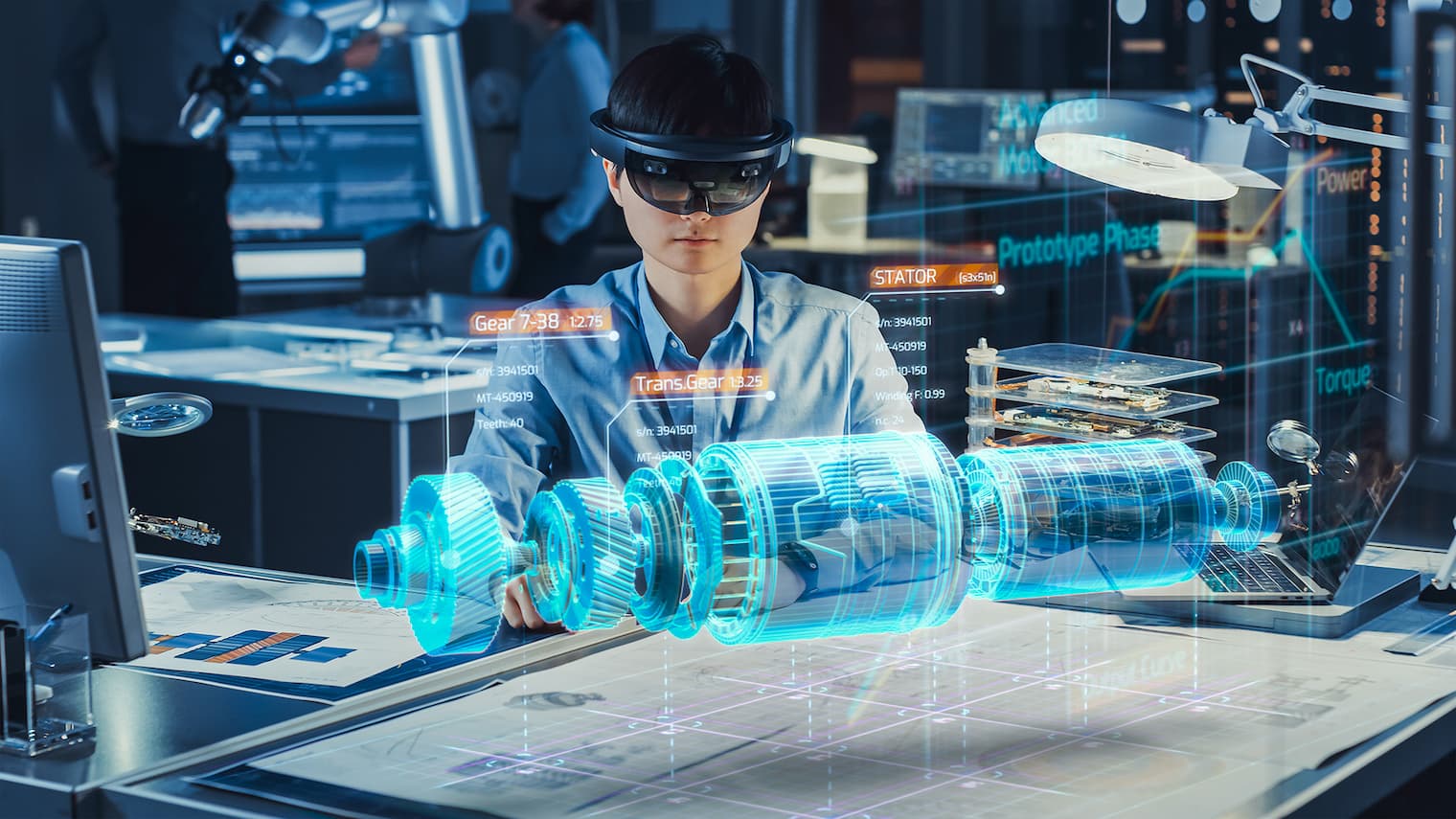
Looking to build an AR/VR solution for manufacturing?
SmartTek is ready to become your reliable technology partner with proven expertise in immersive technologies.
Let’s talkPlant Layout Planning
These technologies can be used to create a simulated environment where engineers can test different plant layouts and identify potential problems before making physical changes. By optimizing the plant layout, manufacturers can improve efficiency, reduce costs and increase output.
In addition, AR overlays can be used to provide real-time information on plant performance, allowing managers to quickly identify bottlenecks or inefficiencies and make changes to improve output.
Inventory Management
While AI algorithms can streamline the complex process of managing inventory databases, the task of picking a product from a warehouse shelf still involves manual labor. AR technology helps eliminate confusion and make this process quick and precise.
A warehouse worker holding an iPad or wearing Microsoft HoloLens (or any other headset, for that matter) gets instructions about the exact location of a particular item and is guided to the very aisle and shelf where it is stored. Anyone who has ever been inside an industrial warehouse can understand the value of this solution.
Equipment Visualization
AR and VR can provide a detailed visualization of manufacturing equipment, allowing engineers and technicians to better understand how the equipment works and how it can be improved. For example, VR can be used to simulate a manufacturing process, allowing engineers to identify potential problems with equipment placement or workflow.
In addition, AR overlays can be used to provide real-time information about equipment performance, allowing technicians to quickly identify problems and make repairs. This can help reduce downtime and improve equipment performance.
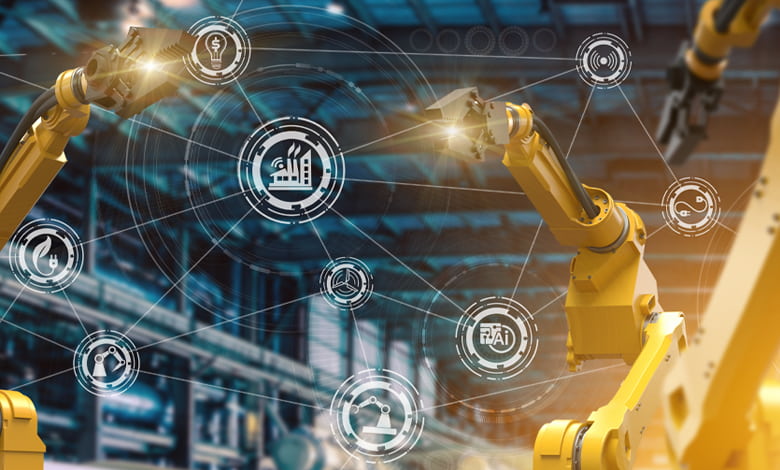
Preventing Accidents and Disruptions
VR is helping predict, and thus potentially evade the hazards and disruption risks associated with the use of an assembly line. By simulating production environment, manufacturing companies can indicate potential threats and eliminate them long before they even arise.
The value of this solution is difficult to overlook, since it helps reduce downtime as well as repair and maintenance expenses, and enhances employee security.
There are few applications of virtual scenarios for the application of augmented and virtual reality in manufacturing without danger and real-world consequences:
- Leaking explosive chemicals.
- Walking on a rickety 15-story construction site without solid scaffolding.
- Providing first aid to an injured colleague.
- Guiding newcomers through a complex process.
- Laying out physical spaces to perform necessary operations in a confined area.
- Troubleshooting an operating mechanism at a height of 20 meters.
- Providing remote assistance to colleagues in another country.
- Run safer mining operations.
- Stay inside a virtual jet engine to learn and safely maintain it.
- Make elevator repairs.
- Dealing with electrocution.
- Being struck by a heavy object.
- resisting an armed robber.
Assembly Line Optimization
AR and VR simulations can be used to create a digital twin of an assembly line, allowing manufacturers to test different configurations and identify potential bottlenecks or problems. With a digital twin, manufacturers can optimize the line for maximum efficiency before making any physical changes, saving time and money.
For example, by simulating the movement of products and workers on the assembly line, manufacturers can identify potential collisions or backups and optimize the flow of materials and workers. In addition, by simulating the impact of changes to the line layout, manufacturers can determine the best layout for optimal production efficiency.
VR training Development Services
Empower your business with the best tech solutions. We build virtual reality programs for different industries.
Contact usReal-Time Employee Instruction
We have expertise in making custom solutions that guide assembly line workers through every complex detail of the production process in real-time. A worker gets virtual instructions projected into his iPad or AR glasses as he proceeds with his work. This helps the organization save weeks of even months of lengthy training and accounts for eliminating the notorious human factor and avoiding mistakes.
AR and VR are widely used for employee instruction and education as it can simulate every possible process and environment.
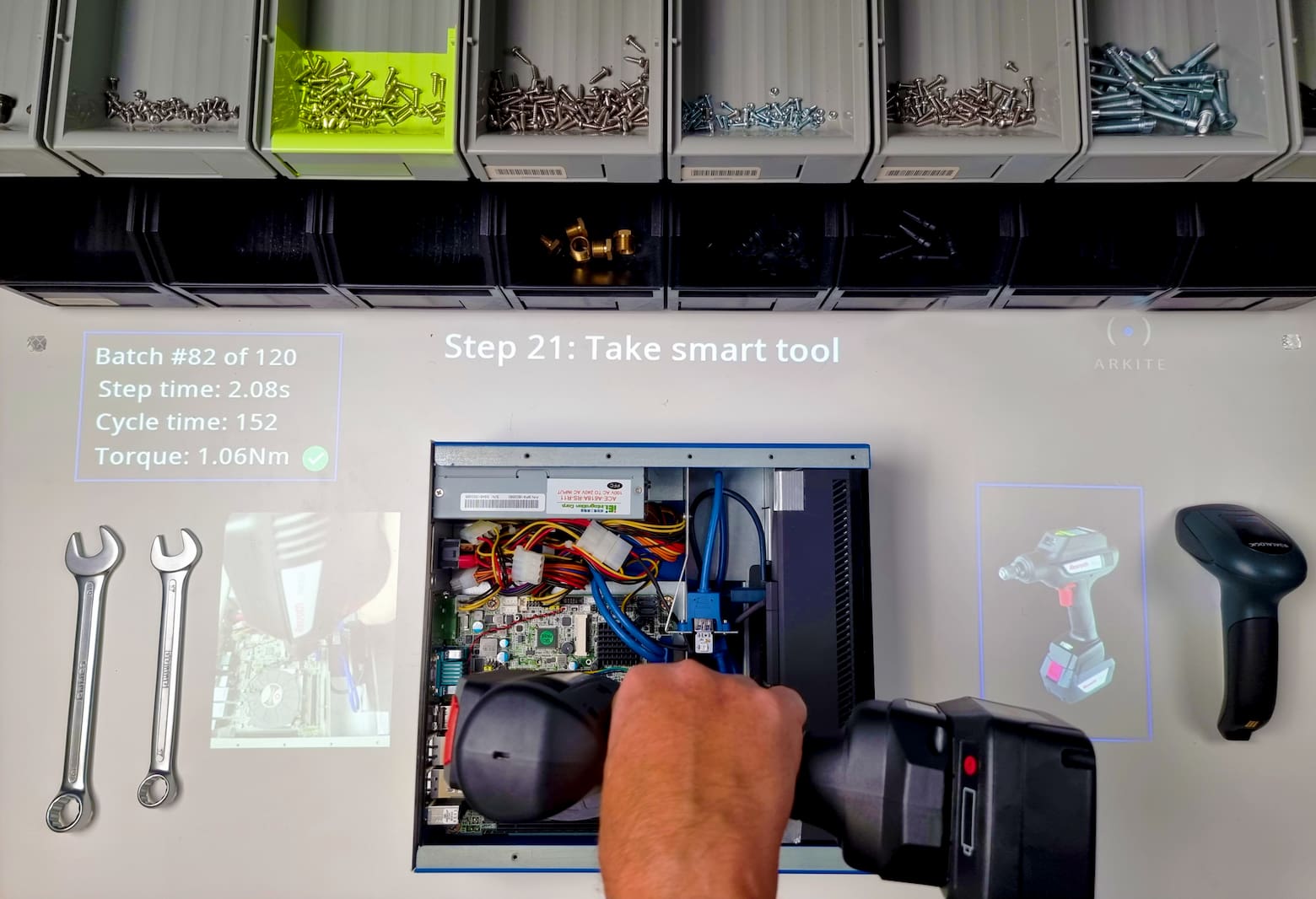
Benefits of Implementing Augmented and Virtual Reality in Manufacturing
Increased safety. Increased predictability of production processes naturally means increased safety. AR/VR technology helps detect and eliminate threats, instruct workers, and reduce the number of accidents in the field.
Better quality. AR/VR brings increased precision to every aspect of the industrial manufacturing process, ensuring not only faster time to market, but also a better quality of manufactured goods.
Reduced costs. From a business perspective, implementing AR/VR will ultimately result in reduced costs: by eliminating the costly trial-and-error phase, it will help companies ensure bottom-line growth.
By providing real-time guidance and instruction, custom VR training development help reduce costs; they also help organizations reallocate resources by allowing their most experienced employees to focus on areas that require expertise and attention.
Takeaways
Surely, implementing AR/VR in industrial manufacturing will require time and investment. It also involves meeting challenges like indicating areas for its implementation, integration with legacy equipment, support on the employee level, etc. The best practices for enterprise-scale AR/VR implementation involve launching a pilot project and moving on according to its outcome.
Are you still thinking about how to improve your business performance with immersive technologies? Contact us and get a free consultation concerning your project. We can help you realize great ideas into reality!
